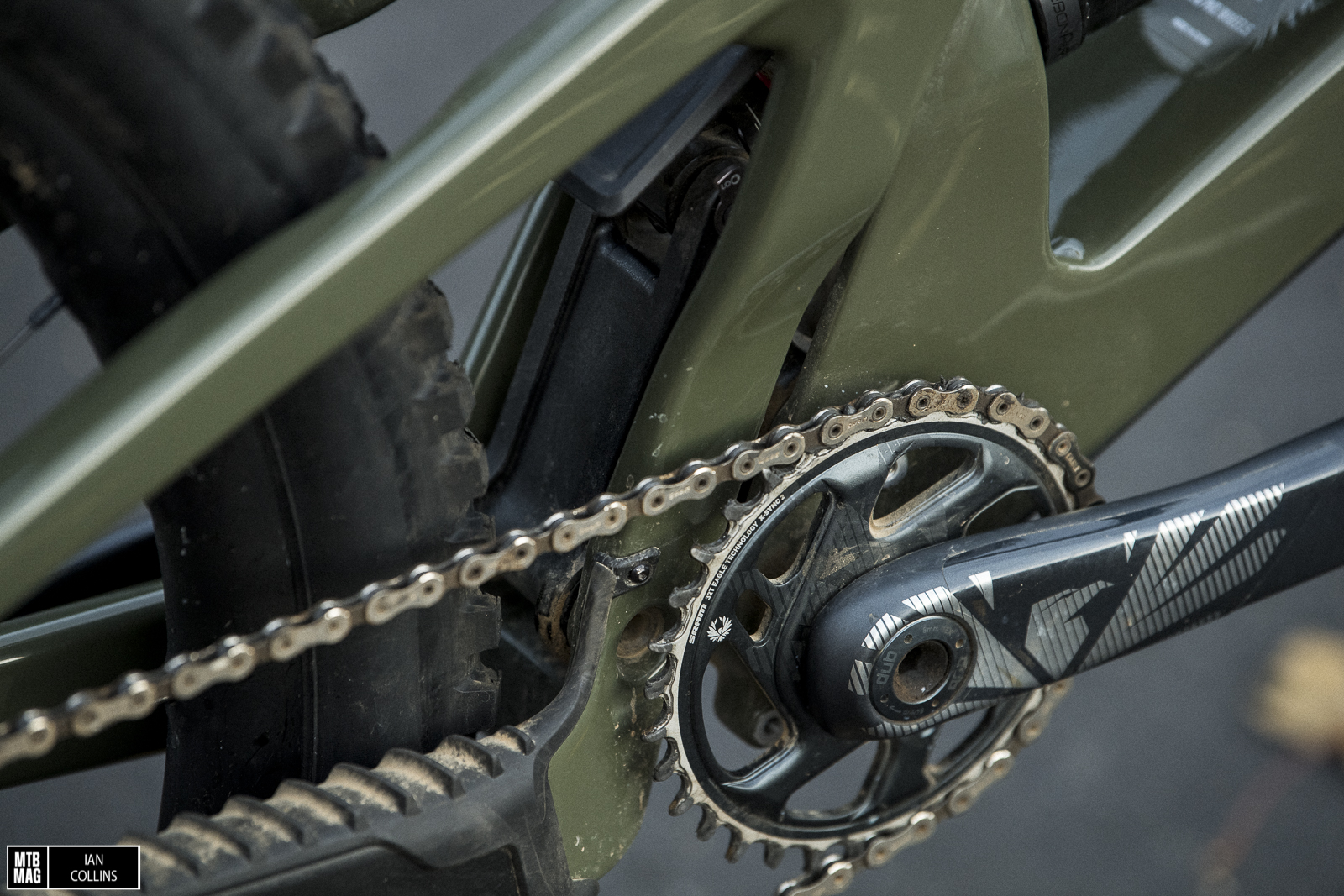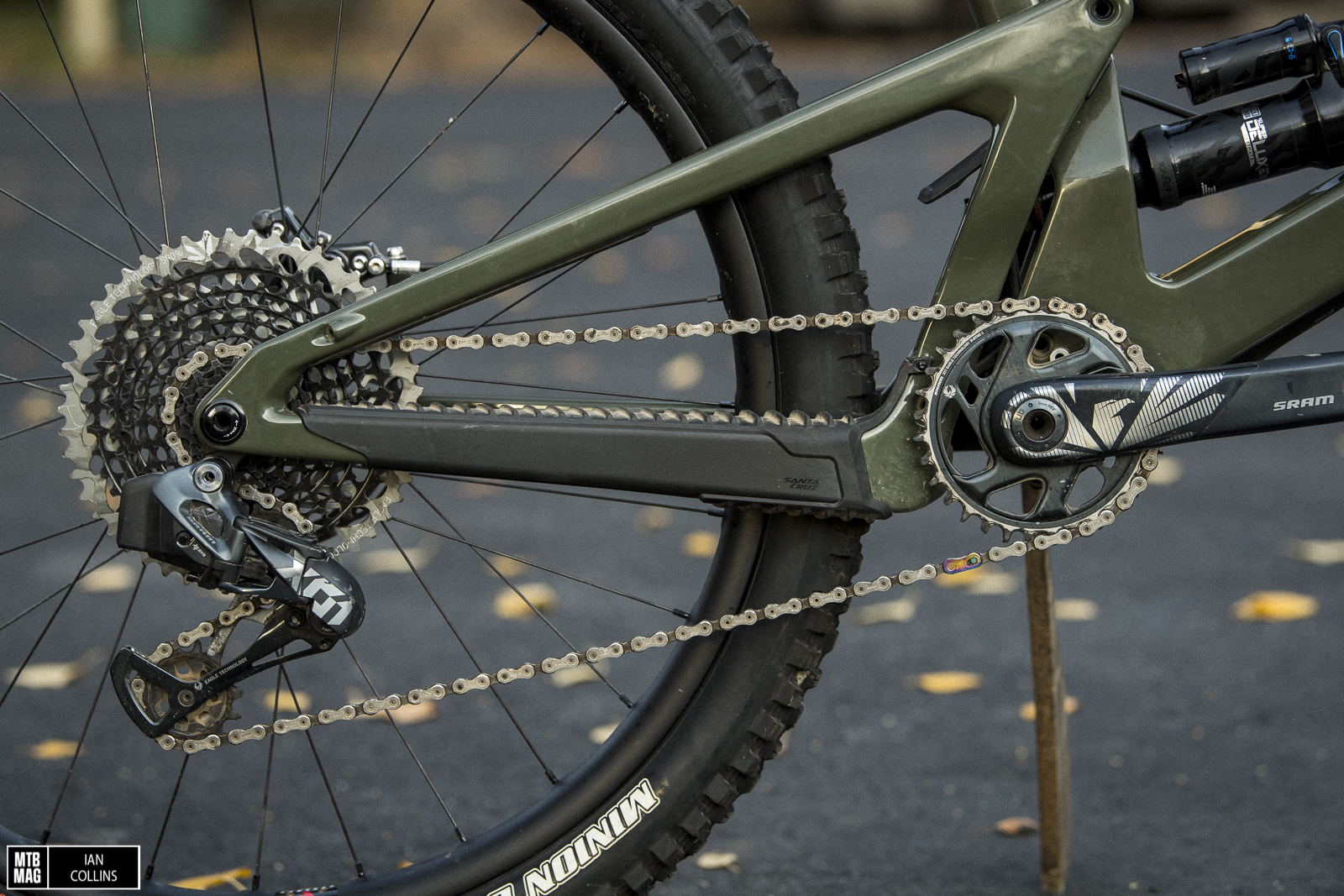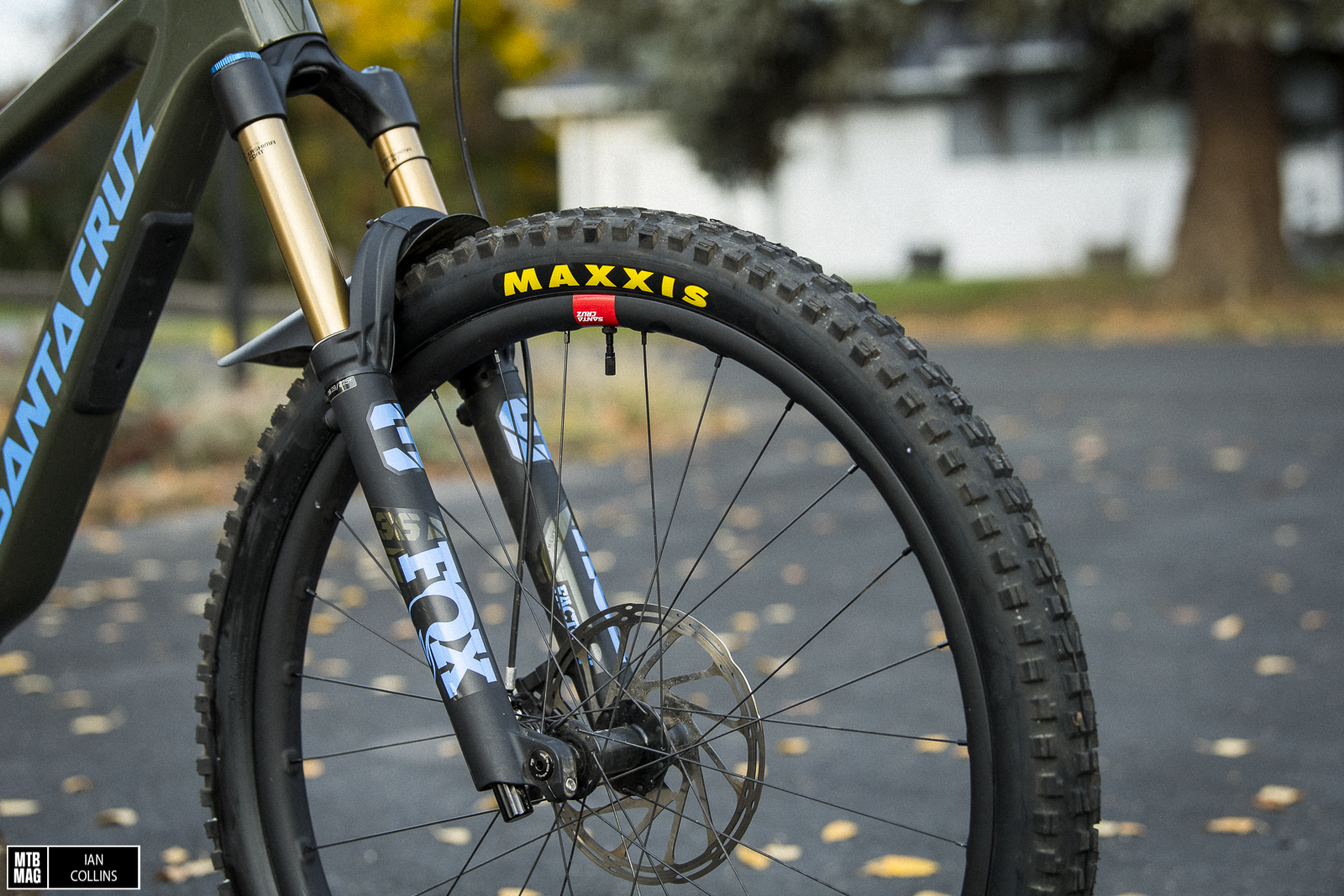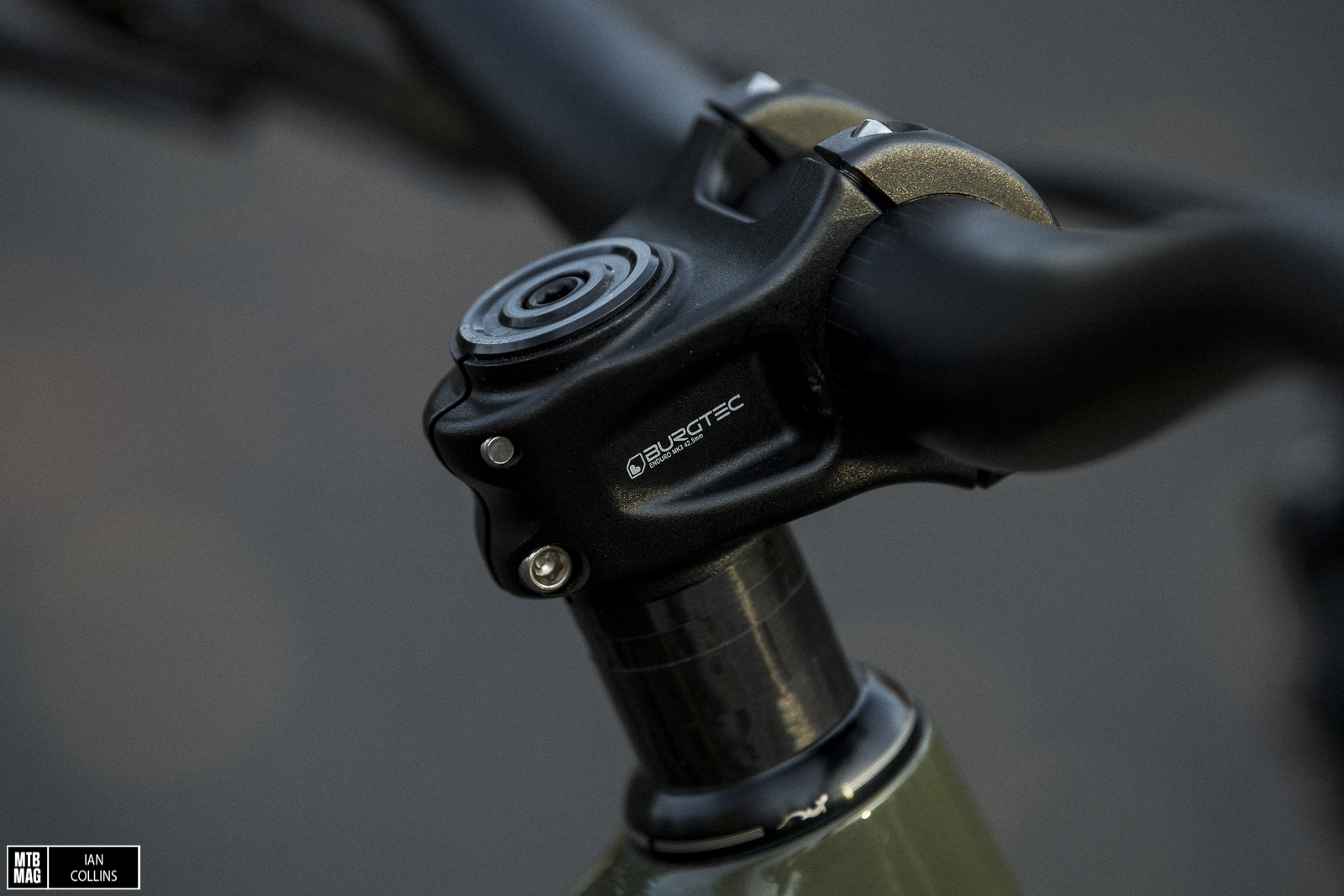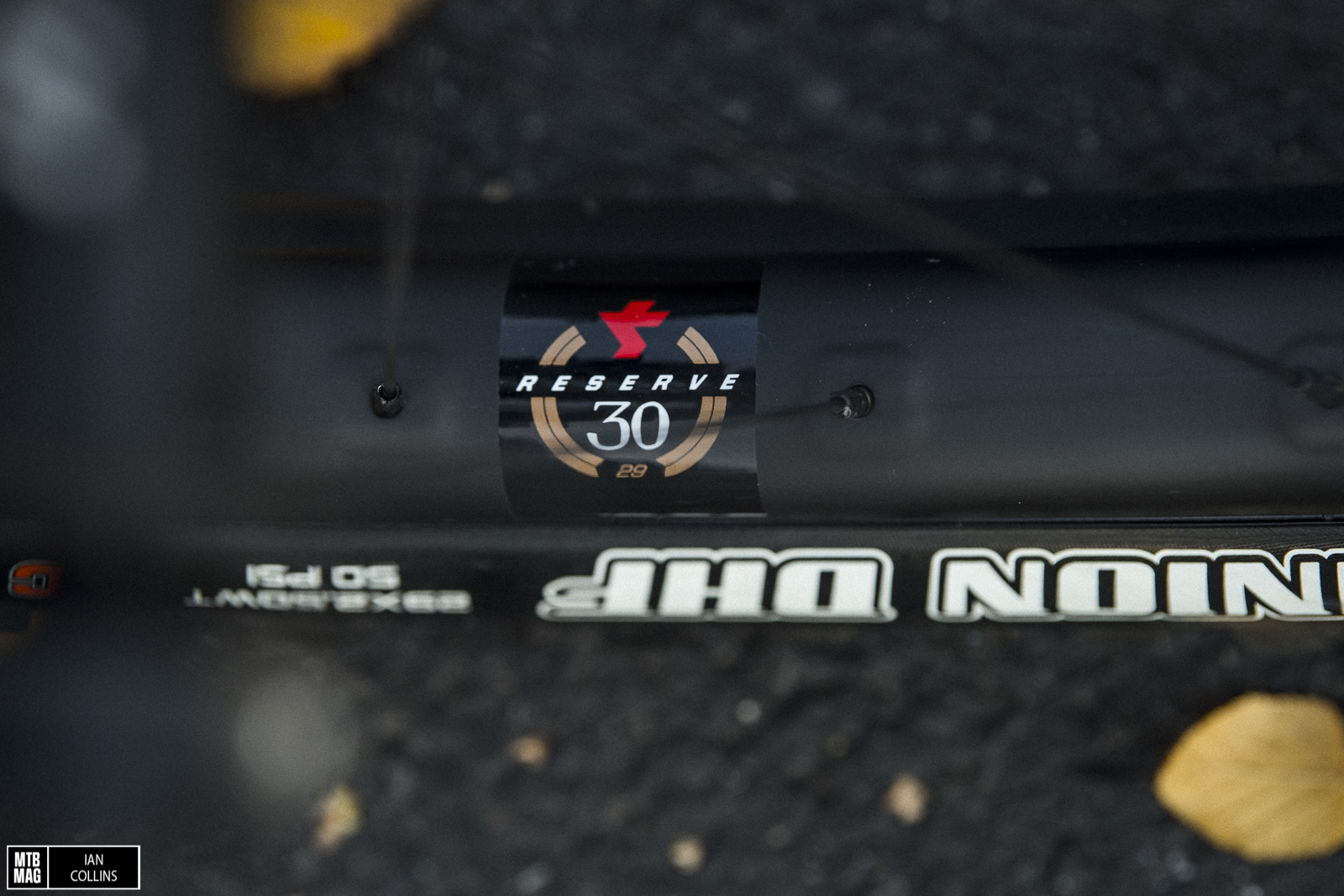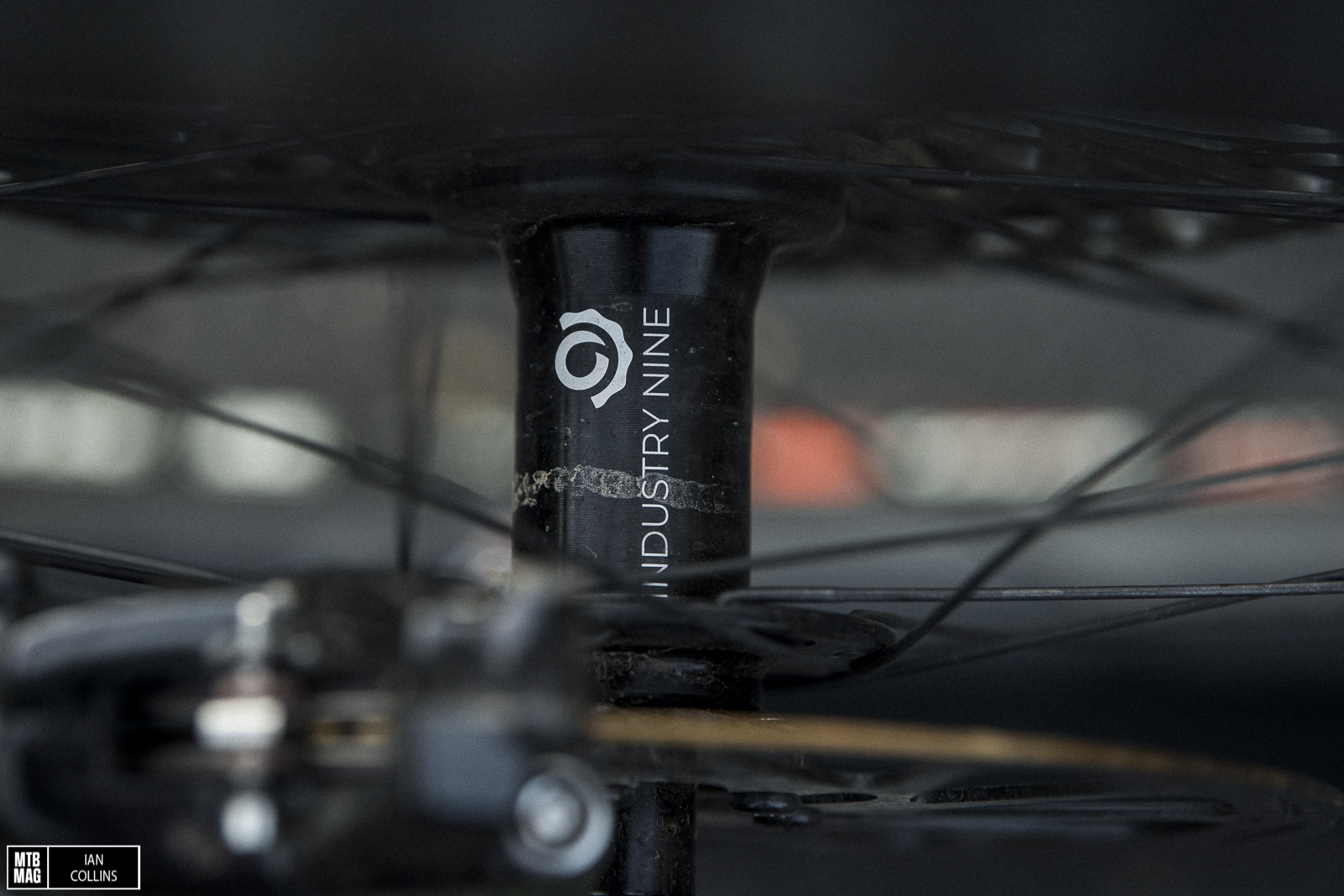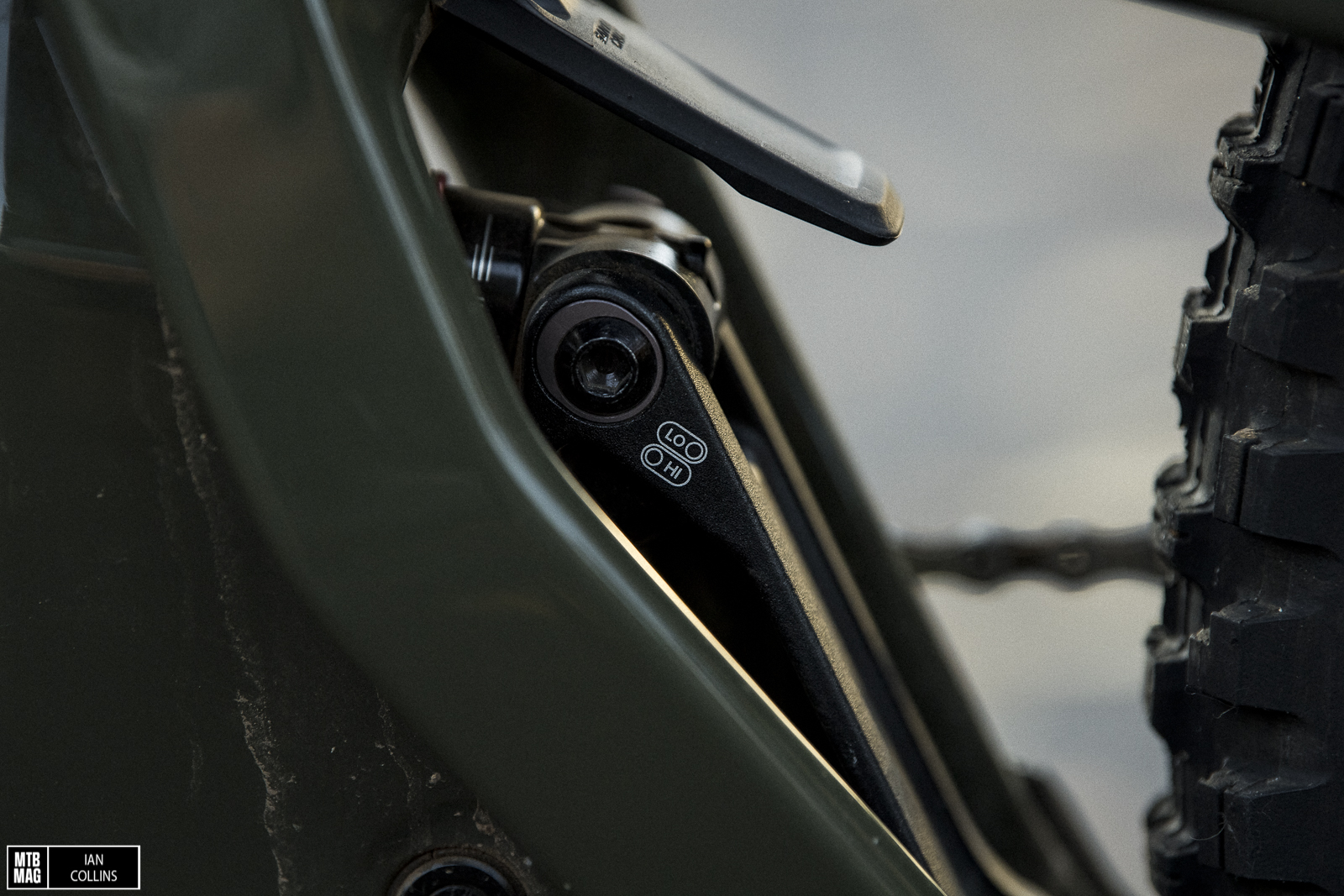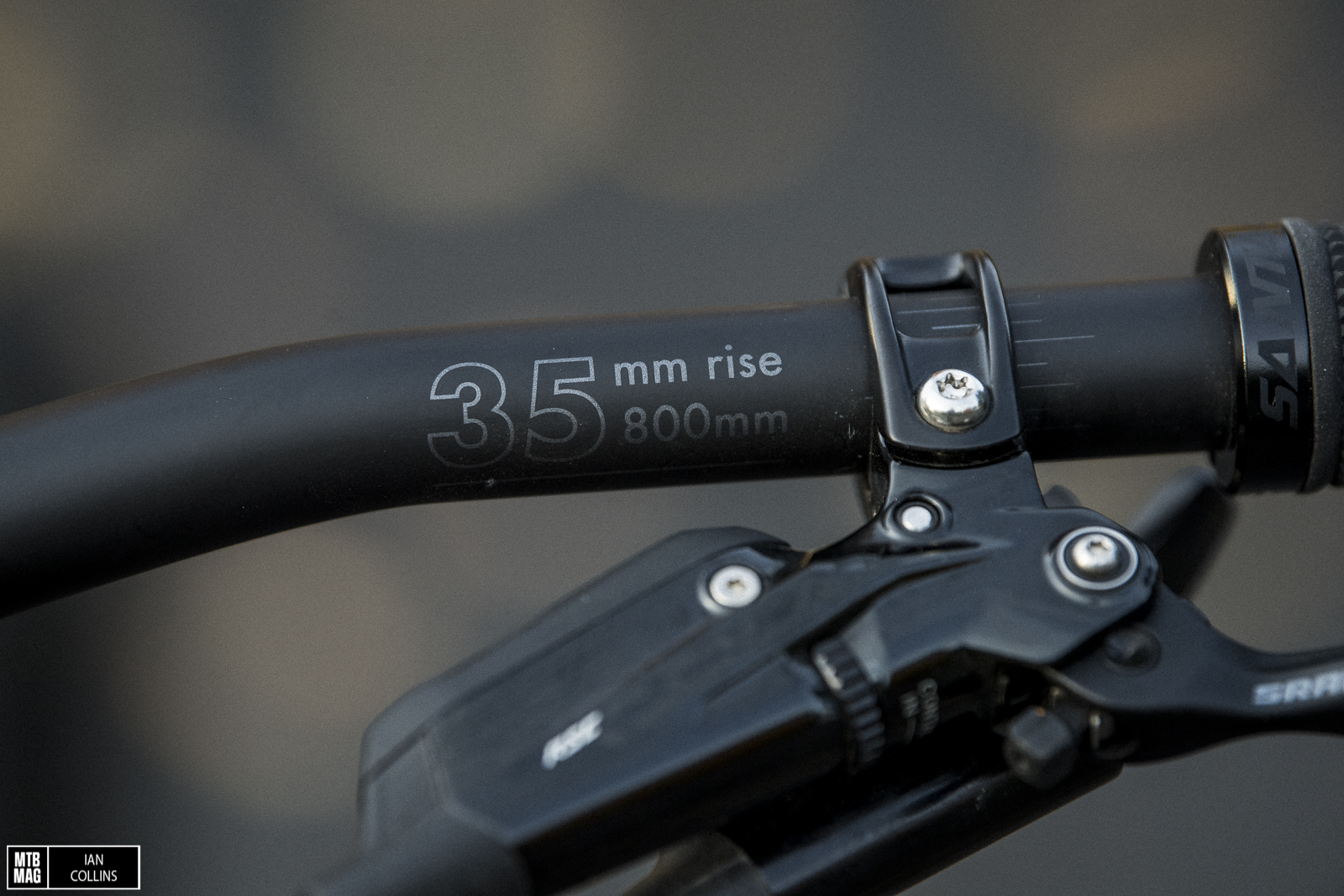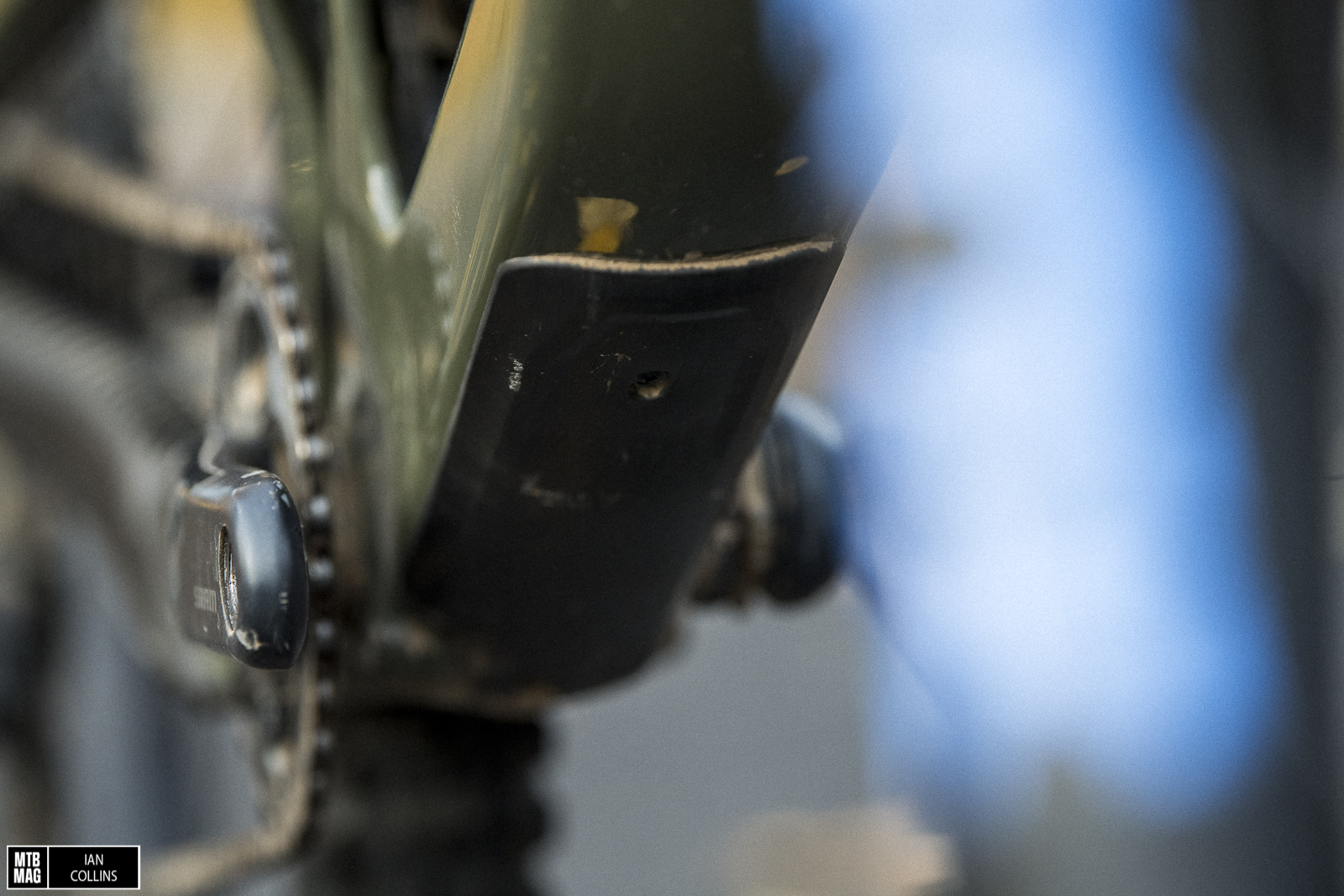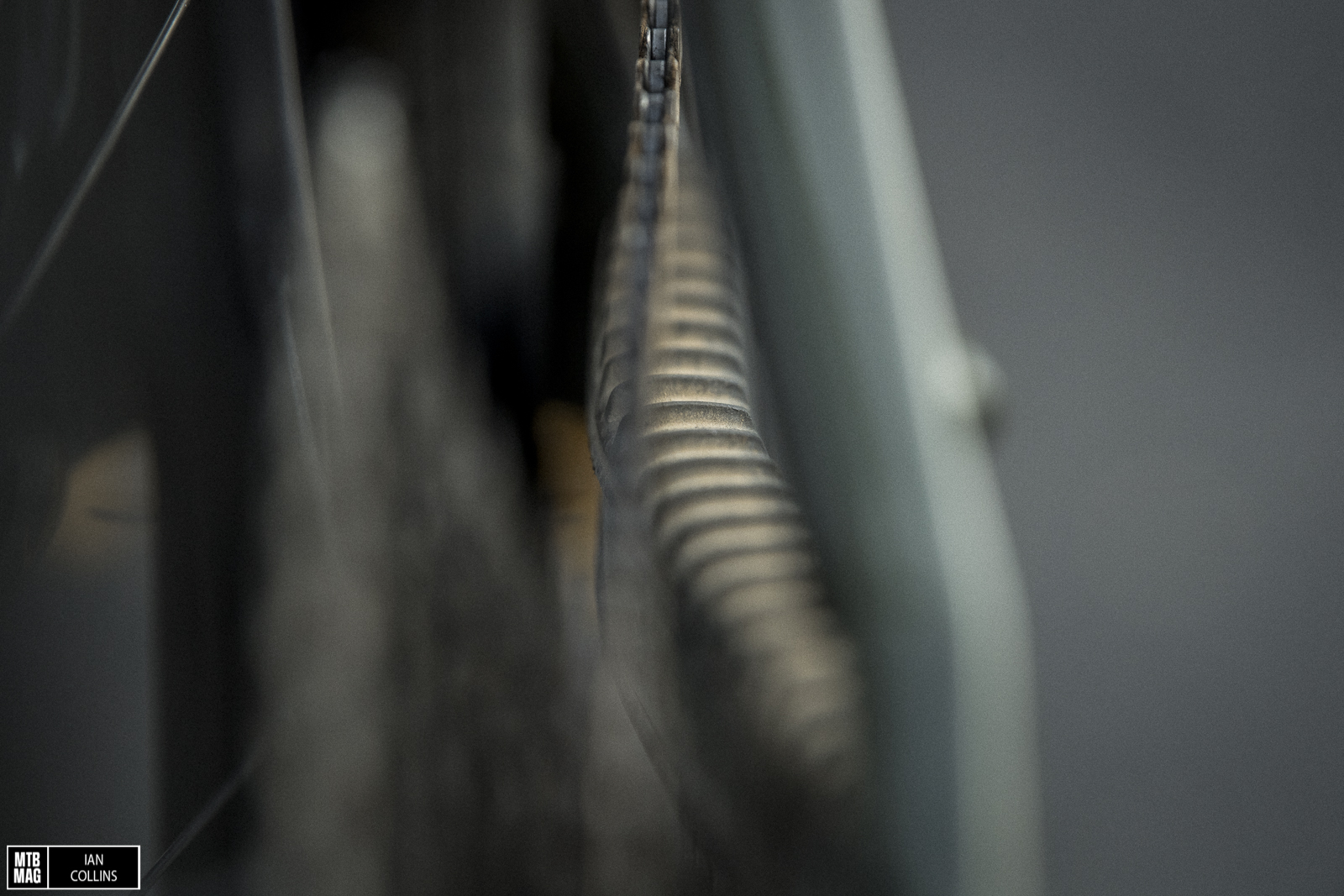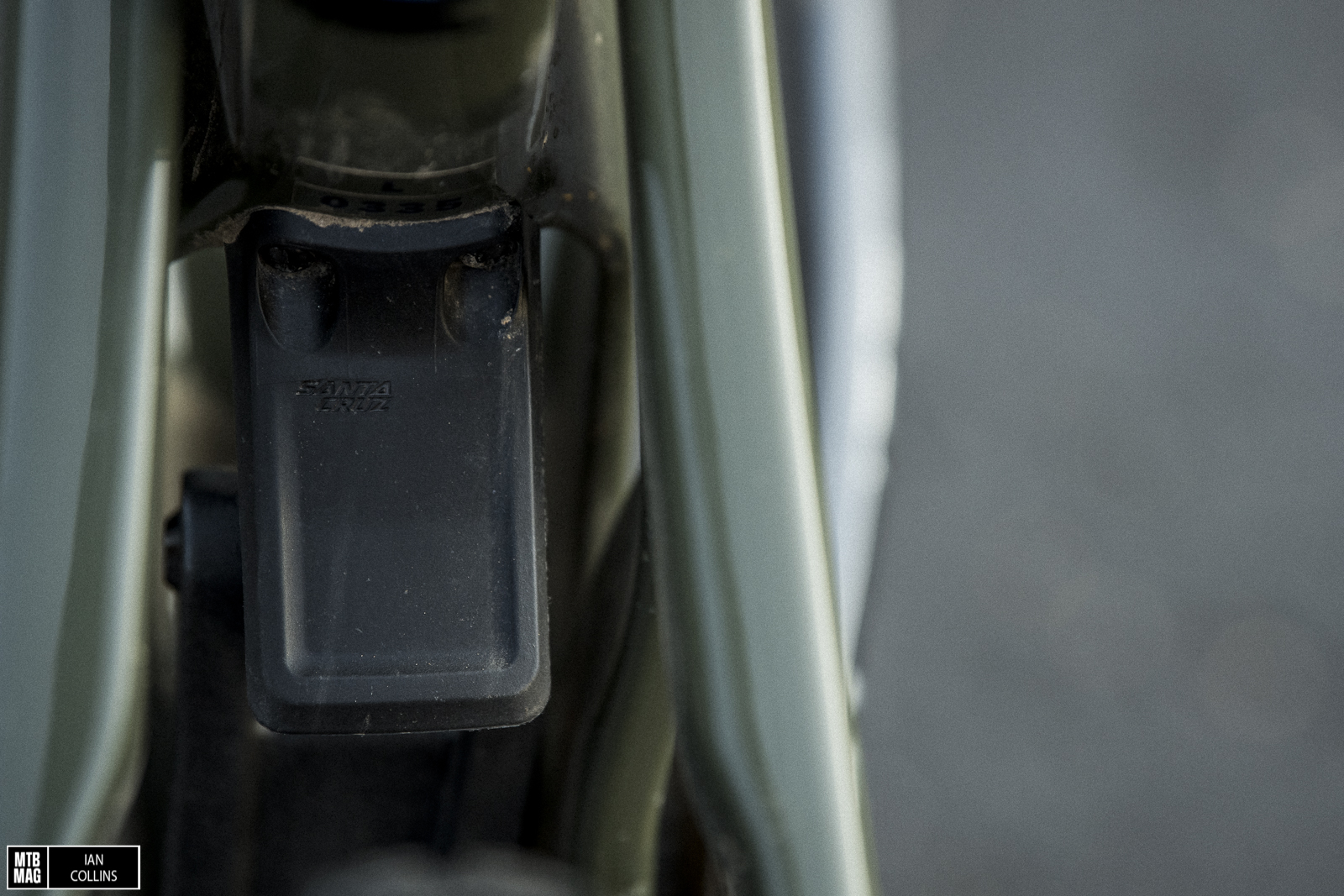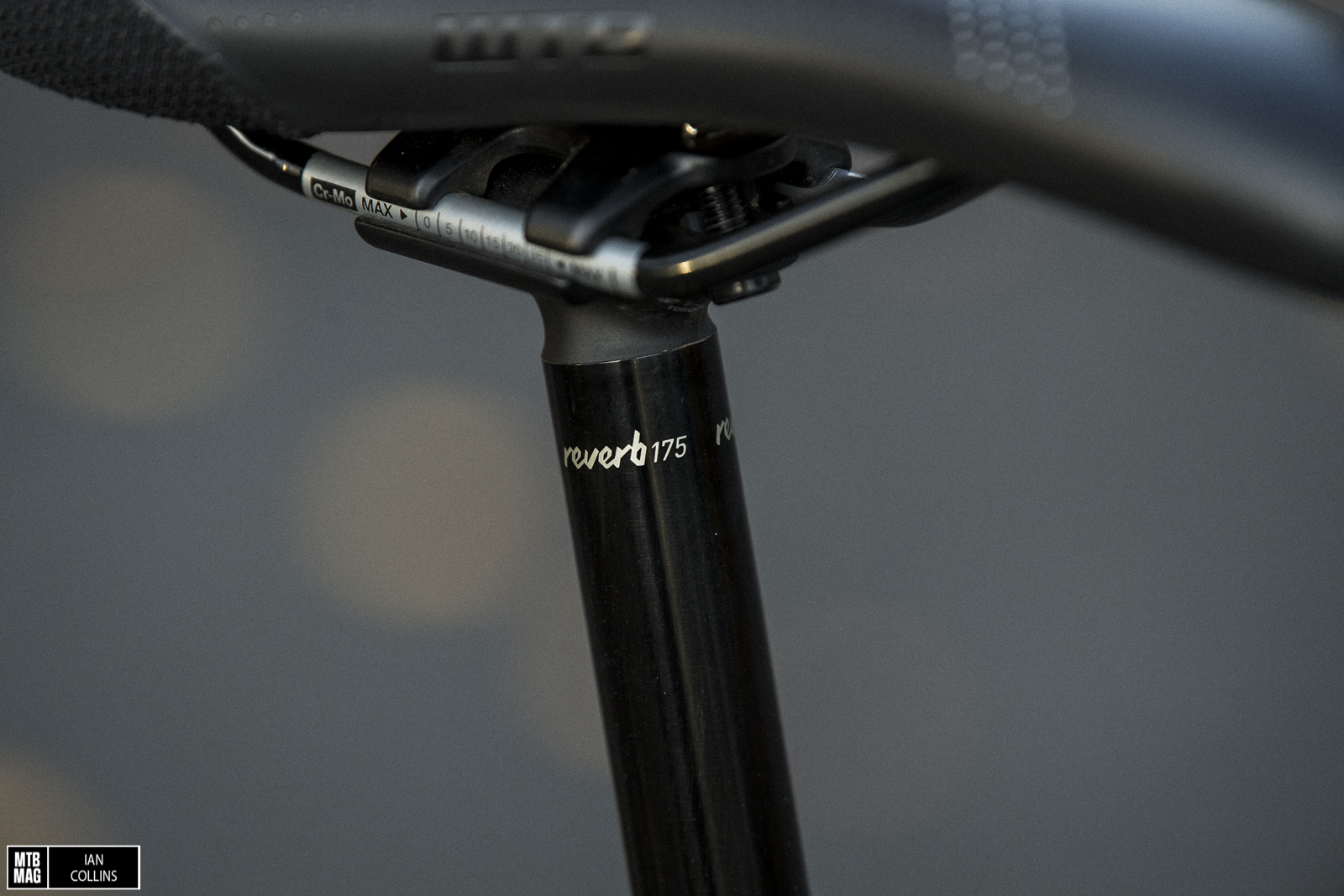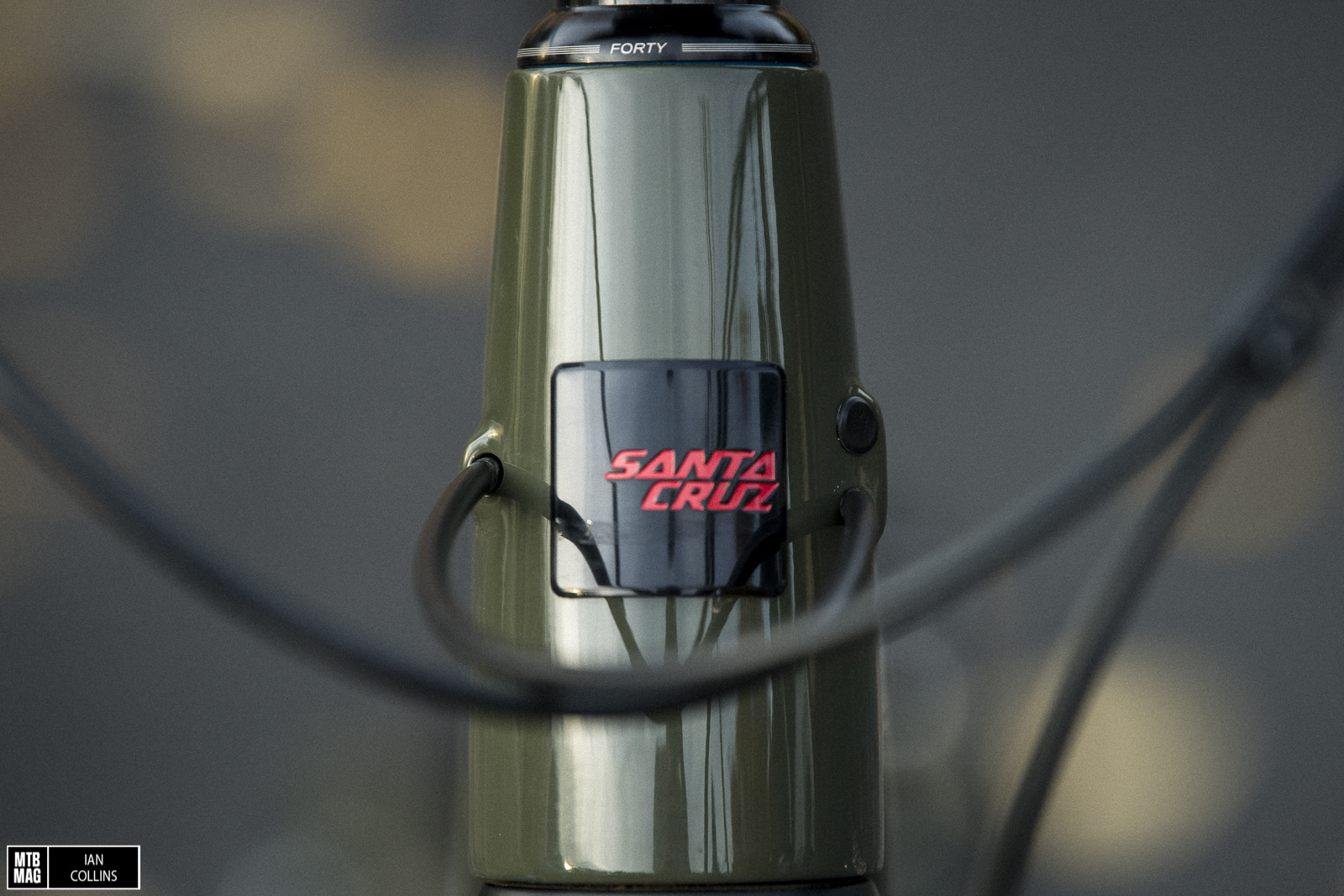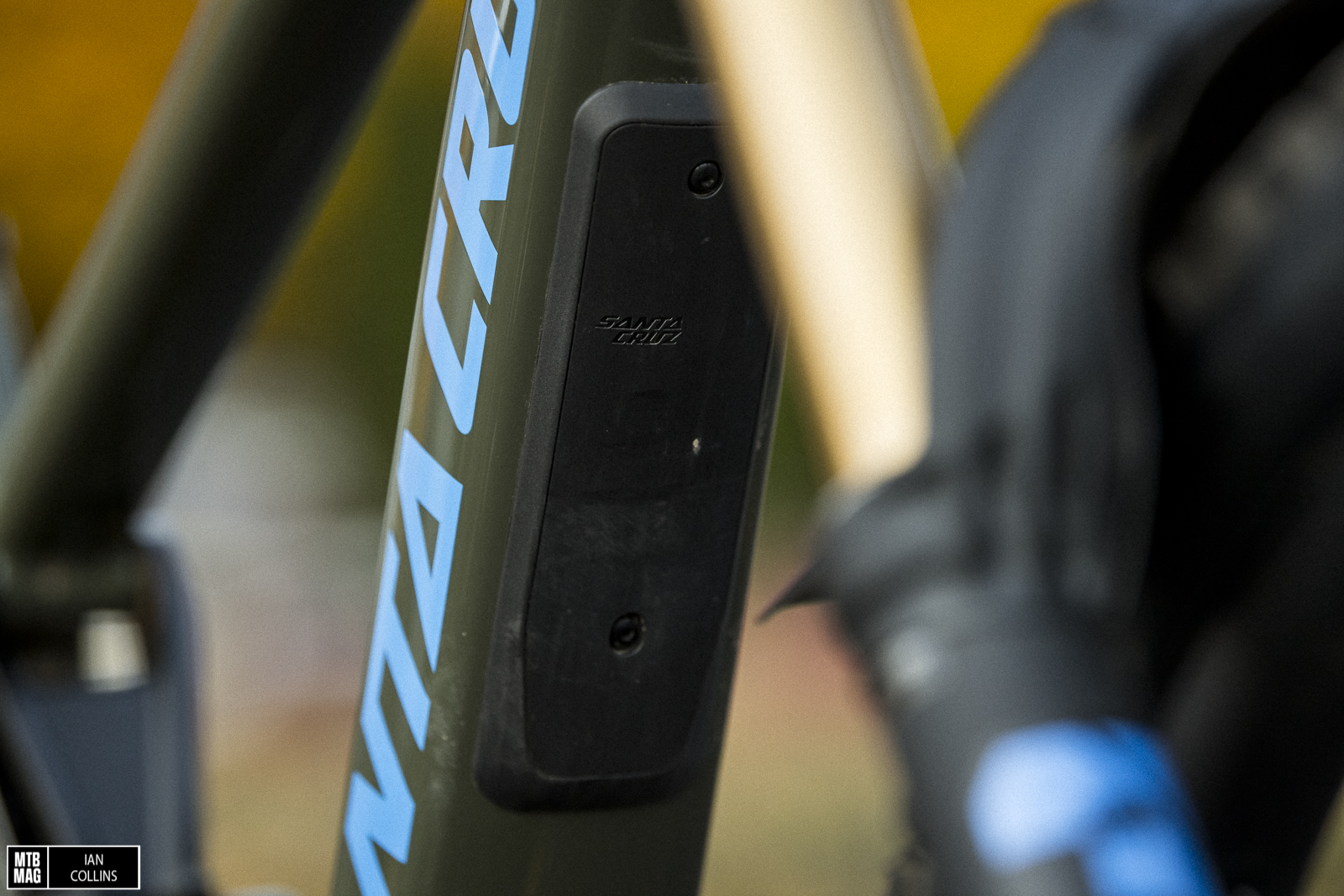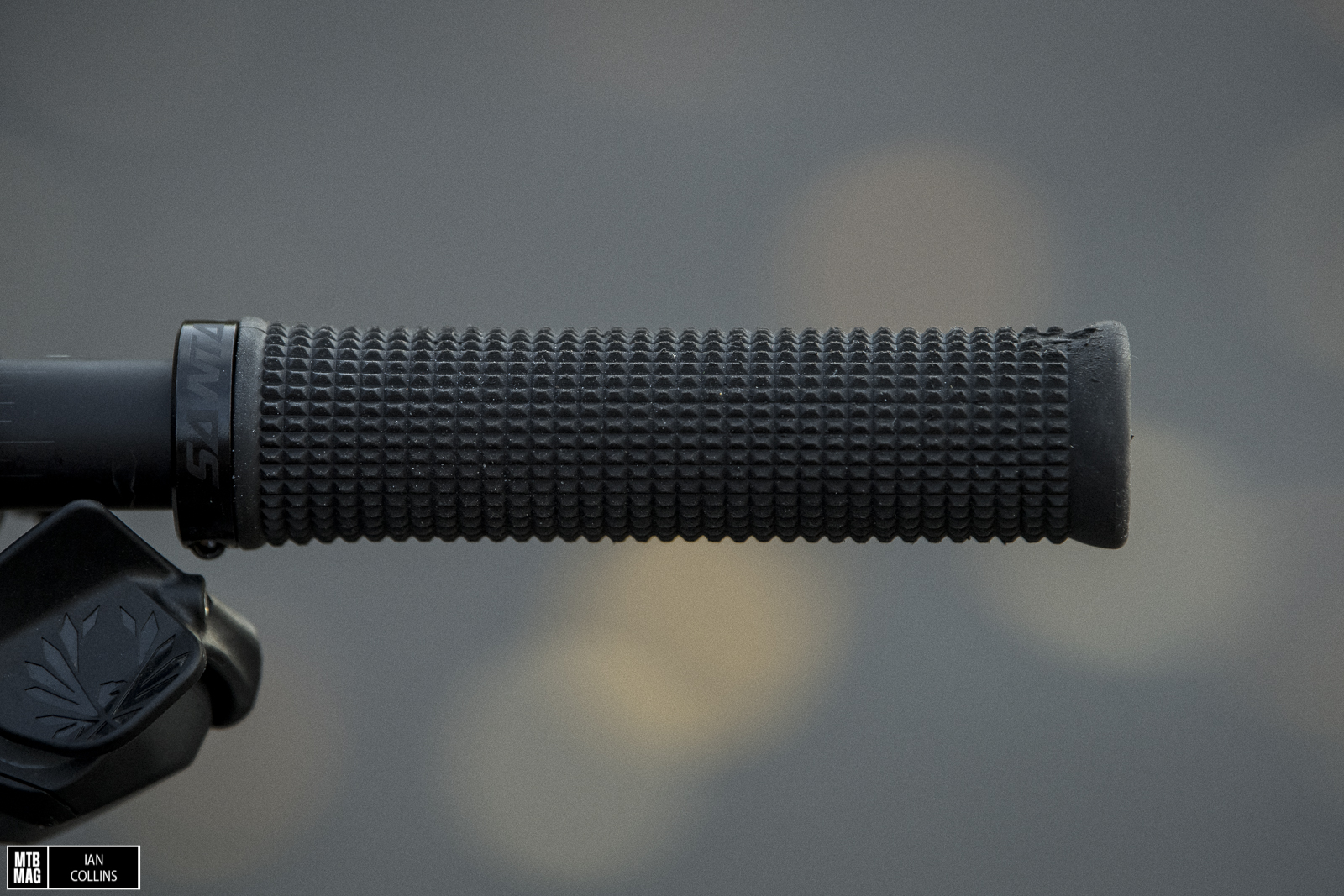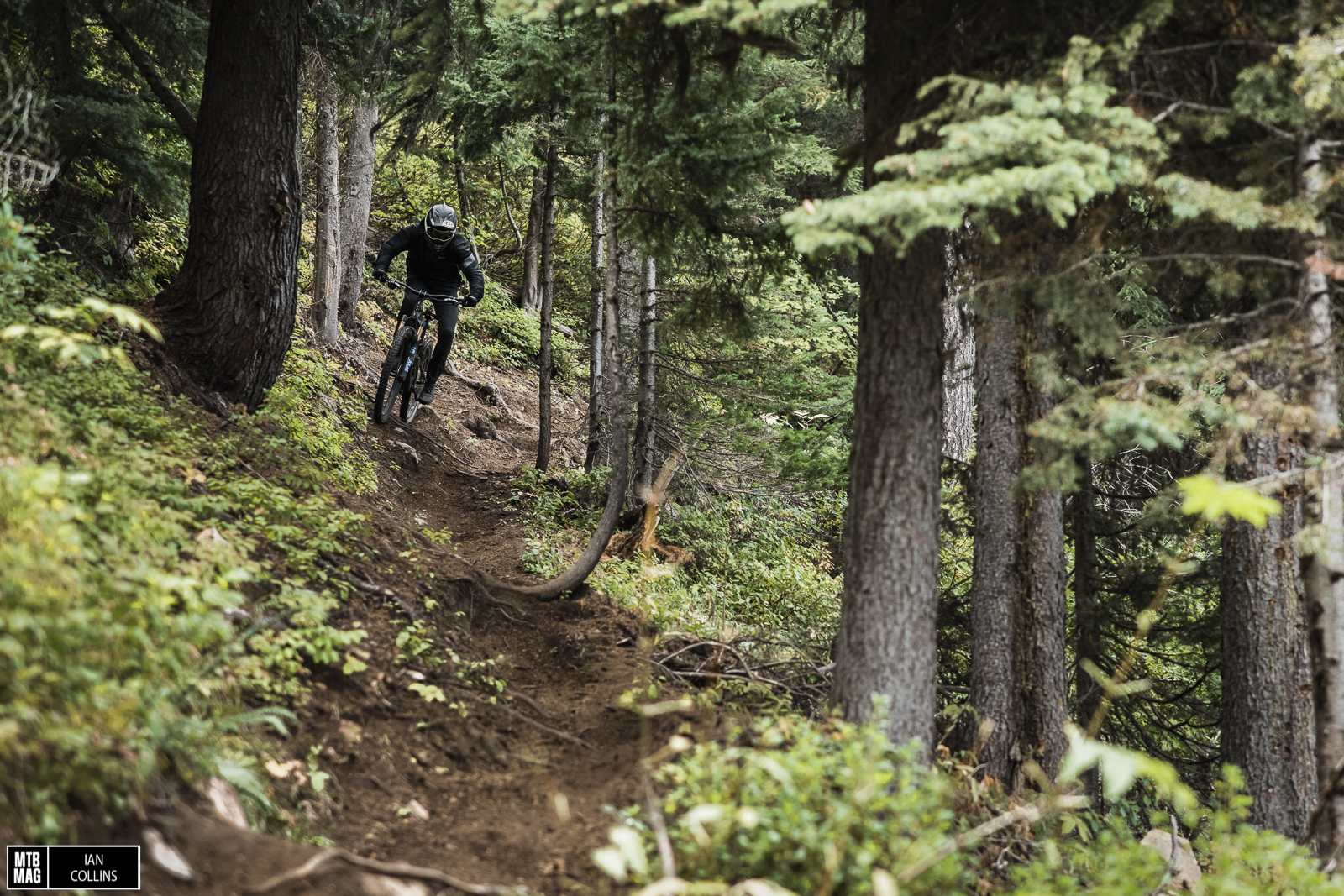[Tested] Santa Cruz Bronson CC XO1 MX
For some time now I’ve been chomping at the bit and anxiously awaiting the arrival of trail bikes that were completely designed around a dedicated mixed wheel (29″ front / 27.5″ rear) format. At long last, one managed to find its way into my hands for testing. What we’re talking about is the new Santa Cruz Bronson MX 2022 – a bike I’ve been spending time on for the last few months, serving as a do-it-all bike for every day trail rides as well as for ripping park laps.
Aside from the whole mullet thing, there are a slew of other very interesting updates found on the bike – so much so that it’s safe to claim that Santa Cruz is taking some aspects in a different direction, which is a good thing…
Details
- 29″ front / 27.5″ rear wheel dedicated
- Flip chip for geometry adjustment
- 160mm front travel / 150mm rear travel
- VPP suspension
- Internal and sleeved cable/hose routing
- XS, S, M, L (tested), XL
- Size specific chainstay lengths (props!)
- 30.9 lbs – our scale, no pedals
- Coil or air rear shock compatible
- Lifetime warranty
- $9,849 USD as tested – C models start at $5,049
Starting with the rear suspension, things may not look all that different seeing as the Bronson uses the lower link VPP, which is now the main layout for the bulk of Santa Cruz’s lineup. But the devil is in the details and this bike *rides* a lot differently. I’ll get into this more in the “On the trail” section, but in short, it sees lower leverage on the rear shock and less feedback in the pedals, plus the rear suspension seems to carry speed better and with less hangup.
While more affordable drivetrains are certainly available with other spec levels, I got to enjoy the mixed drivetrain composed of SRAM Eagle XO1 and GX drivetrain parts. Crisp and flawless electronic shifting on a 10-50T cassette delivering a 500% range and stiff carbon fiber cranks leaves little to complain about.
Up front FOX’s brilliant 4-way adjustable 36 fork provided a huge range of tunability over 160mm of travel with fantastic handling from its chassis and consistent performance on long descents.
Up front, Santa Cruz opted for a rather unconventionally sized 42.5mm length Burgtec stem. Big props to them for spec’ing a brand name stem with a nice finish and construction, but I would have preferred to see a slightly longer 50mm stem on this bike – in part due to the 472mm reach, which falls on the ever so slightly shorter end of the spectrum these days.
Santa Cruz opted for very appropriate in house Reserve 30 Carbon wheels, in a mixed setup of course. The wheels are stiff, nearly to a fault and come with a lifetime warranty.
The Reserves roll on Industry Nine 1/1 hubs. They’re made in America, have fast engagement and are fully rebuildable by hand. I’ve ridden many a set and have nothing but good things to say about them.
A flip chip in the lower shock mount makes for +/- 3mm of bottom bracket height adjustment and .2º of head angle adjustment. Personally, I’d like to see slightly more spread between these settings, but I did find them both very usable and easy to get along with.
SRAM’s Code RSC are a solid set of brakes that leave little to complain about. Bite point and lever reach are adjustable without tools, while a 200mm / 180mm rotor combo provides an appropriate amount of power.
As a long limbed rider who generally resents test bikes coming through with front ends that aren’t high enough, I was thrilled to see the Bronson spec’d with a 35mm rise handlebar. The carbon fiber in house bar had just the right amount of upsweep/backsweep and came in at a full 800mm width. It’s a great option, and is better than most of the aftermarket handlebars out there.
Speaking of front end height, props to Santa Cruz for leaving loads of room on the steerer tube – 30mm worth of spacers to be exact. As mentioned earlier, I hate getting test bikes with low front ends and there is no advantage to cutting steerer tubes too short and leaving consumers hanging. Thank you for getting this right SCB.
There is a very substantial guard featured to protect the rather large downtube. Something about the downtube size and shape makes me think Santa Cruz wants to include downtube storage on this bike in the future….
A very nicely laid out rear chainstay protector keeps the noise down nicely.
A small plastic cover prevents rear wheel spray from hitting the rear shock.
For a dropper, featured is a standard (read: non-electronic) RockShox Reverb with 175mm of hydraulically actuated travel.
A very tidy front end is rounded out nicely by internal cable/hose routing that’s fully sleeved and quiet as a door mouse.
Since this is a “fun” bike, Santa Cruz also includes a very sturdy shuttle protector for the downtube.
Generally I hate in house grips – which are typically low effort in nature. But I did not want to turn these Santa Cruz grips back in. They’re super grabby, cushy and just the right thickness.
Geometry
A look at the chart below will reveal a few unsurprising, but welcome, updates to the geometry as compared to the last iteration of the Bronson, which had 27.5″ front and rear wheels by the way. All of the following are dependent on size as well as the high/low setting position…The head angle goes about .5º slacker, while the seat angle goes nearly 2º steeper. Bronson’s reach picks up about 15mm in length, and the BB height remains nearly unchanged – going up ever so slightly by roughly 2mm. Lastly, the rear chainstay length which varies by size increases by about 7mm – a wise decision as it helps the remedy the fore/aft stability disparity caused by having two different wheel sizes. Basically, as a rule of thumb, mullet bikes are better off not pushing their luck with super short chainstays. As one last point, props to Santa Cruz for taking the dive on size specific chainstay lengths. Maintaining a balanced front center to rear center relationship across the entire five size spectrum is something that is costly (read: manufacturing 5 pricey rear end molds, instead of just one), but very much worth it in my opinion.
On the trail
Starting with setup, the Bronson arrived in such a manner that I had to do very little in terms of dialing it in, so a tip of the hat is due to Santa Cruz for the fantastic packaging and attention to detail on the build. For the entirety of my test duration I simply ran 20% sag up front and 30% in the rear and hardly felt the need to change a thing, save adding one volume reducer to the fork. I split my time on this bike between laps at the local bike park and long rides in the mountains and found myself pleasantly surprised at how apt it was for both. The super steep seat angle made this bike a dream on climbs from a positioning standpoint.
This aspect made it very easy to get my weight plenty far forward, so I wasn’t struggling on the steeper punches. I had my doubts as to how well the bike would manage the rearward bias that’s inherent to a mullet setup, but Santa Cruz pulled off a lovely balancing act with the geometry. If I was to be slightly critical of one aspect, I feel like they could have pushed the reach just slightly more toward the 480mm mark, as opposed to the 472mm in the low position, but I’m getting nit picky.
So what did all of this translate to on trail? In short, I found the Bronson does a remarkably good job of balancing the aspects typically associated with fun and those associated with things like confidence and stability. This is a bike that is super easy – and eager – to manual, loves jumping and schralping corners. But, and this is a big but, it is very surefooted on rough, unknown terrain, in the steeps and at speed.
For some time now we’ve seen bikes that seem to fall into either one camp or another and most of the bikes in the middle are more of a compromise than the Bronson is. I feel like this is the kind of bike that means you don’t really have to choose between something like an Evil Calling or 5010 and say a Trek Slash or a Megatower. It’s the ultimate all rounder.
Bronson’s biggest improvements lie in the rear suspension and I think this is worth highlighting, particularly with respect to the strong statements I made in the prior paragraph. Knowing that 29″ wheels are straight up faster than 27.5″ wheels due to their increased roll over, I expected to feel a bit more feedback through the back end of this bike purely due to the fact that it has mixed wheels. I assumed that it would lag in speed and confidence compared to full 29″ bikes in the same category.
This proved to be untrue and I think much of it is due to the dramatically refined and updated VPP rear suspension layout. First off, Santa Cruz lowered the leverage ratio to 2.5:1 average – a figure that I think is the magic number. There are many benefits to the often overlooked relationship between wheel travel and shock travel. In short, lower leverage ratios allow for lower air pressures, lighter damping and more air/oil volume, thus making the rear shock’s job detail less painful. On one final note, it also makes it easier to tune the air spring(s) to a broader audience.
Another much improved characteristic is that the Bronson has less pedal feedback and doesn’t hang up in the mid stroke of its travel – something that I found quite irritating on the current Megatower. Bronson’s ability to carry speed over rough terrain is remarkable. Particularly given that it isn’t exactly working with a groundbreaking rear shock, but rather a fairly rudimentary unit that’s been around for a few years.
Putting the time in to achieve an excellent tune proves that you don’t necessarily need a flagship rear shock with a million adjustments – props to Kiran MacKinnon for his efforts on Bronson’s tune. Funny enough, just before sending the bike back, a good riding buddy hopped on it and couldn’t believe the rear shock wasn’t a coil shock. Anyhow, at the end of the day, the rear suspension swept me off my feet on the descents, but it’s worth noting that I did feel just a hair more movement on the uphills and thus found myself actually using the lockout on long climbs. However, this is a tradeoff that’s very much worth it in my opinion.
Given that this bike model near the top end, I was obviously pleased with most of the components, as I had better be with a bike that costs nearly $10k. For the purpose of this review I won’t get too far into the weeds regarding the parts aspect, but just know that the Bronson can be acquired for a tick over the $5K USD mark, which is still not quite a “budget” figure – even in this day and age. With that in mind, I would like to give Santa Cruz some quick props for their in house handlebar and grips.
It may sound trivial but many bike brands cut costs with less than stellar parts which I usually don’t jive with, but that was not the case here and I would happily run these bits on my personal bike. However, the one component I didn’t get along with was the WTB Volt saddle. I run the WTB Silverado on one of my personal bikes and absolutely love it, but to me the Volt was a dud for some reason. As for everything else, the brakes, drivetrain, wheels and dropper are all apt given the category and did a fine job from front to back.
Overall
At the end of the day I found the Bronson to be an excellent candidate for the narrow one-bike-to-rule-them-all sliver of the market. There aren’t many bikes out there that I could see myself happily riding as a one and only bike, but the Bronson is up there. I feel that it aces the difficult task of pleasing both fun seekers looking for jibs, jumps and berms as well as riders looking to tackle gnarly terrain. If there is one area that the bike may appear to be lagging slightly on paper, it is likely the value aspect. With that in mind, it’s worth noting that Santa Cruz warrants the frame and wheels for life.
Through their No Missed Rides program, Santa Cruz keeps incredibly thorough stock of spare parts and bearings for their bikes and has them readily available at their warehouse for dispatch. It’s easy judge a bike purely based on its sticker price and its spec list and overlook valuable support programs, so I think that’s worth calling out as a final note. All in all this is a bike that I didn’t really want to give back – I’m a big fan.
The post [Tested] Santa Cruz Bronson MX 2022 appeared first on MTB-MAG.COM.

